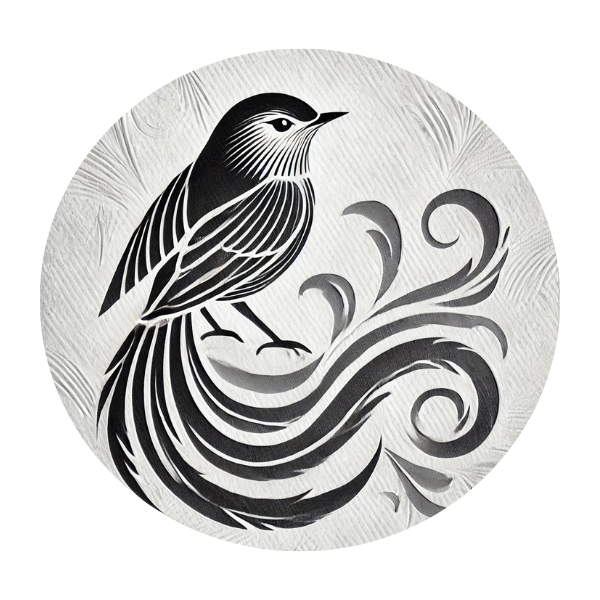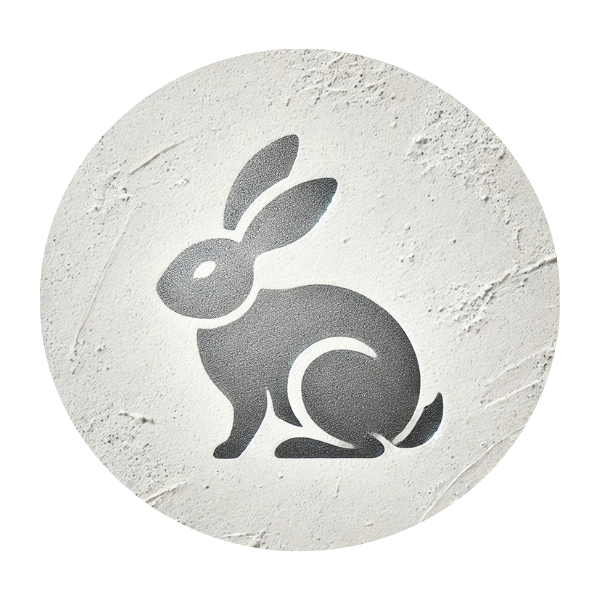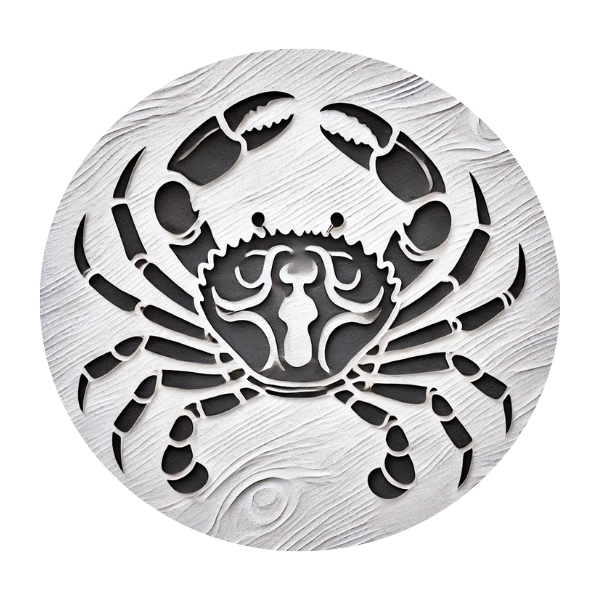WORRY
I breathe deeply, remind myself that I am safe and can transmute anxiety into excitement whenever I desire
WHAT IS WORRY?
A state of anxiety or unease about actual or potential problems, often involving repetitive thoughts about possible negative outcomes.
Synonyms: Nervousness, Anxiousness.
Antonym: Relaxation
“Worry does not empty tomorrow of its sorrow,
it empties today of its strength.”
Corrie Ten Boom
HOW TO RECOGNIZE WORRY IN OTHERS
AND ONESELF
HOW TO RECOGNIZE
IN OTHERS
Body Language
Fidgeting, restless movements,
protective gestures
Facial Expressions
Furrowed brows, pursed lips,
tense or concerned expression
HOW TO RECOGNIZE
IN ONESELF
In the Body
Tightness in the chest or stomach,
shallow breathing
In the Mind
Repetitive or anxious thoughts,
focus on potential problems
HOW TO RECOGNIZE WORRY IN OTHERS
AND ONESELF
HOW TO RECOGNIZE
IN OTHERS
HOW TO RECOGNIZE
IN ONESELF
Body Language
Fidgeting, restless movements,
protective gestures
In the Body
Tightness in the chest or stomach,
shallow breathing
Facial Expressions
Furrowed brows, pursed lips,
tense or concerned expression
In the Mind
Repetitive or anxious thoughts,
focus on potential problems
What is one worry I can release today, and how would letting it go change
my mindset?
TIPS AND TRICKS ON HOW TO DEAL WITH THIS
EMOTION

Practice Nadi Shodhana to calm your mind and balance your energy, reducing worry.
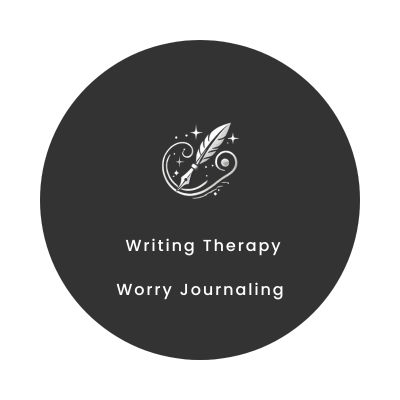
Write down your worries and create actionable steps to address them.
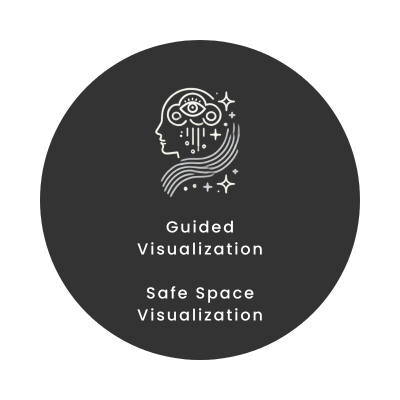
Imagine yourself in a comforting, worry-free environment, such as a warm cabin or sunny garden.
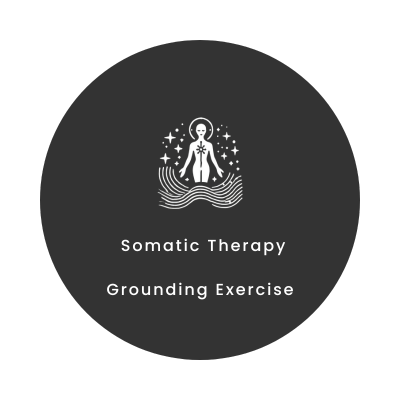
Focus on your senses, noting five things you see, four you feel, three you hear, two you smell, and one you taste.

Practice poses like Child’s Pose or Reclined Twist to release tension caused by worry.
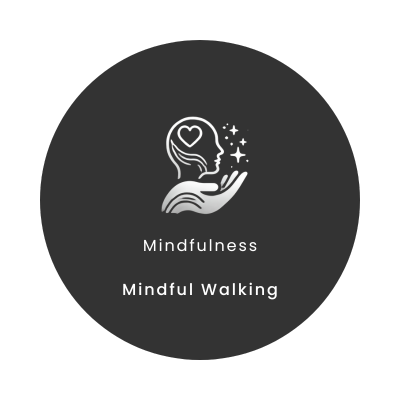
Take a slow, mindful walk, focusing on each step and the present moment to reduce mental clutter.
CURIOUS FACTS ABOUT WORRY
ANIMALS ASSOCIATED WITH WORRY
Different animals are associated with different emotions in different cultures. Flip the coins to found out more:


